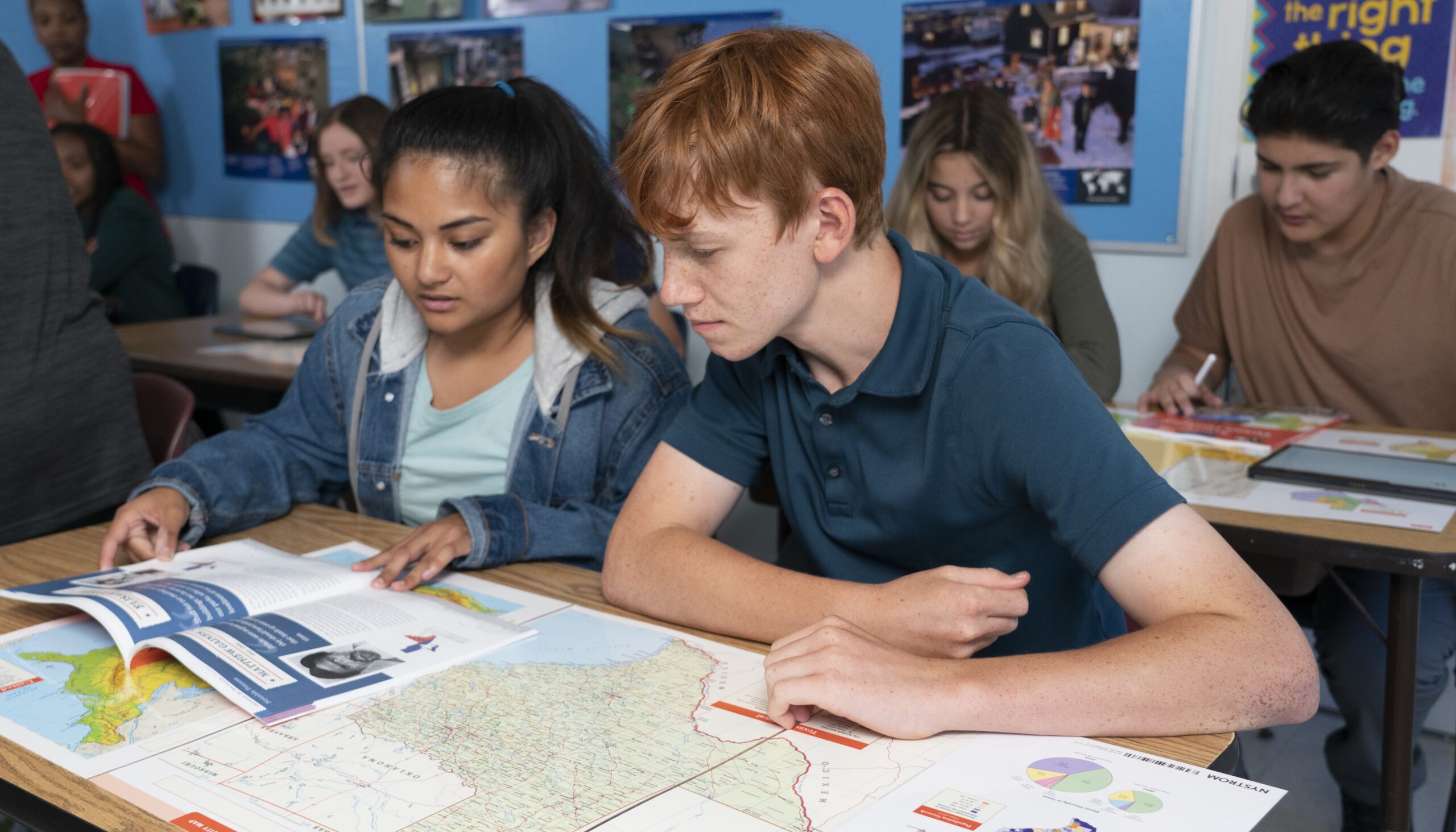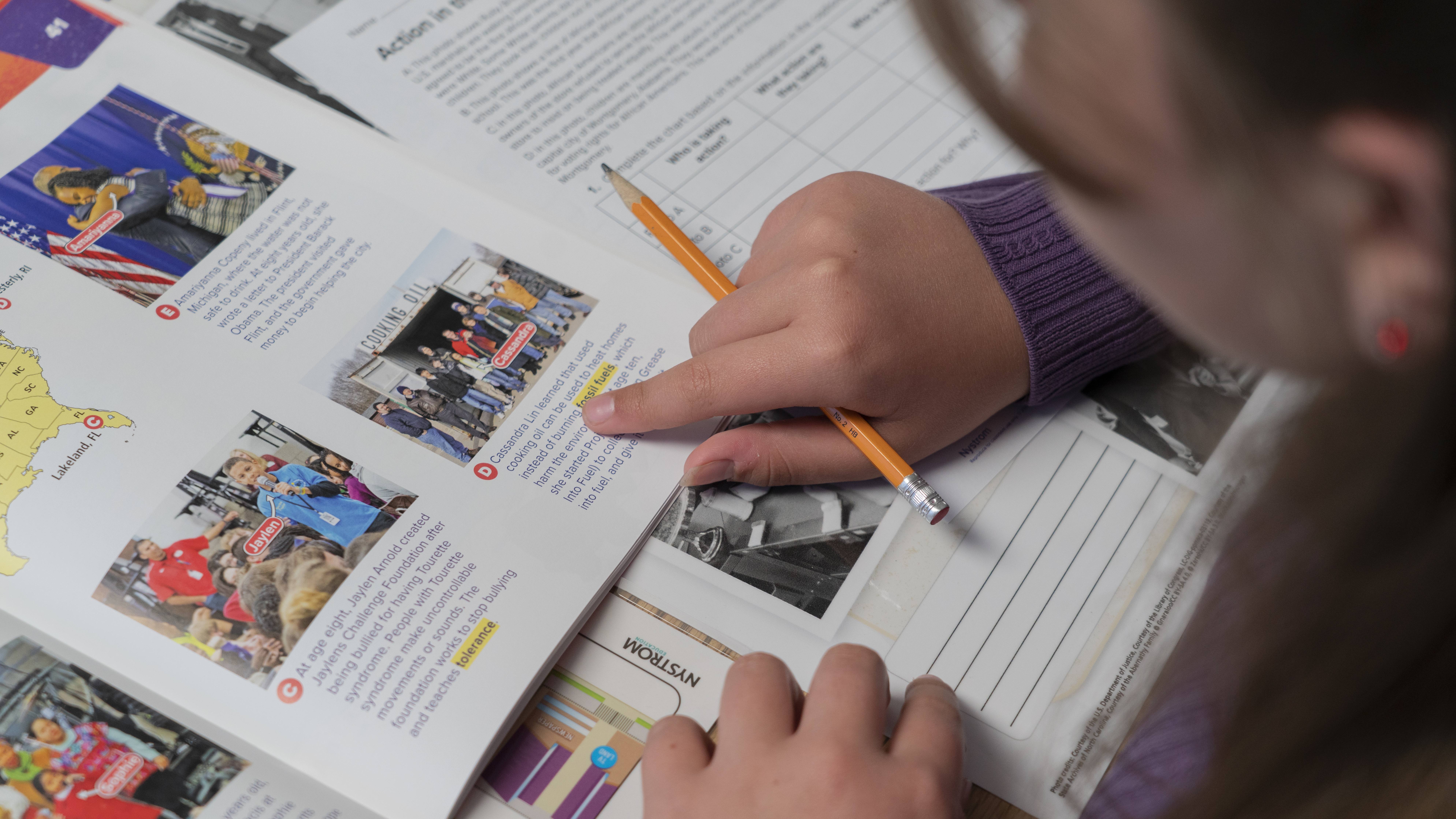
Context is crucial in reading because it provides the necessary background information, setting, or circumstances that help students understand the meaning of what they’re reading. Here’s why it’s so important:
- Comprehension: Understanding the context allows us to comprehend the text more accurately. For instance, knowing the historical background of a piece or the cultural references within it helps us grasp the intended meaning.
- Interpretation: Context aids in interpreting ambiguous or complex passages. It guides us to infer meanings, intentions, or emotions that might not be explicitly stated in the text.
- Clarification: It helps clarify nuances, idiomatic expressions, or word meanings that might vary based on the situation or setting.
- Avoiding Misunderstandings: Without context, misinterpretations are more likely. For example, a phrase may seem offensive when taken out of context, but with the full context, it might convey a completely different message.
- Appreciation: Understanding the context can enhance our appreciation of literary works, as it allows us to appreciate the author’s craft, style, and purpose more fully.
Context acts as a guiding light, enriching our reading experience and enabling a deeper understanding of what we read. In social studies instruction, contextualization intersects with themes taught as it helps students understand and interpret historical events, societal changes, cultural perspectives, and political systems within their proper frameworks. Keep reading to learn more about how you can build these key contextual skills within your social studies lessons.
Reading and Theme Comprehension
Social studies often involves complex historical texts, documents, and diverse perspectives. Being able to contextualize a text or document helps students comprehend these materials better, enabling them to extract meaningful information and ideas. Contextualization skills also enable students to understand the subtleties and nuances within a text. By considering the historical, social, or cultural context, they can grasp the underlying meaning, references, and implications embedded in the material. Additionally, when students can relate the text to its historical or societal context, they’re better equipped to make connections between what they’re reading and their own knowledge base. This helps in understanding complex historical concepts, events, and ideas by linking them to familiar contexts.
Critical Thinking
Contextual understanding encourages critical thinking. By considering the time, place, and societal factors surrounding an event or idea, students can analyze why certain decisions were made, the impact of those decisions, and the relevance to the present day. It also prompts students to question, evaluate, and analyze the text in relation to the broader context, helping them develop higher-order thinking skills.

Connecting Past and Present
Social studies isn’t just about memorizing dates and events; it’s about understanding how historical events have shaped the present. Through contextual reading, students can draw parallels between historical events and current affairs. They can identify similar societal issues, political dilemmas, or cultural transformations, understanding how past events relate to or mirror present-day challenges. By understanding the context of past decisions and events and their consequences, students can evaluate and make informed decisions in their own lives.
Analyzing Bias and Interpretation
Understanding the context helps students identify biases and different interpretations of historical events or documents. It encourages them to question sources, consider multiple perspectives, and form well-rounded opinions. Being able to contextualize helps students understand different viewpoints and perspectives presented in a text. This skill is crucial in comprehending diverse opinions or conflicting information, fostering a more comprehensive understanding of the material.
Incorporating contextual reading into social studies instruction allows students to develop a deeper understanding of history, society, and the world around them. Teachers can foster contextualization skills by providing historical or cultural background information, encouraging discussions that relate the reading material to real-life situations or current events, and assigning texts that require students to analyze texts within their relevant contexts. These activities help students develop a deeper understanding of what they read, enhancing their overall reading comprehension and contextualization skills. In turn, this will enhance student critical thinking skills and provide a more nuanced view of complex issues, preparing them to be informed and active citizens.
This blog is part of Social Studies School Service‘s literacy series. Check out other resources in the series:
- The History and Science of Reading
- Leverage Fiction Stories to Search for Truth in Your Social Studies Curriculum
- In a Flash: Super Short Texts for Big Conversations in Social Studies
- Oracle Bones and Writing Stones: Teaching the Geography of Script
- Six Essential Literacy Skills that Only an Atlas Can Provide
Incorporate literacy activities into your social studies curriculum
Try a free 30-day trial of Active Classroom today
Monet Hendricks is the blog editor and social media/meme connoisseur for Social Studies School Service. Passionate about the field of education, she earned her BA from the University of Southern California before deciding to go back to get her Master’s degree in Educational Psychology. She attended the graduate program at Azusa Pacific University pursuing her post-grad Educational Specialist degree in School Psychology and Applied Behavior Analysis and currently works as a School Psychologist in Los Angeles, CA. Her favorite activities include traveling, watching documentaries on mental health, and cooking adventurous vegetarian recipes with her husband.
